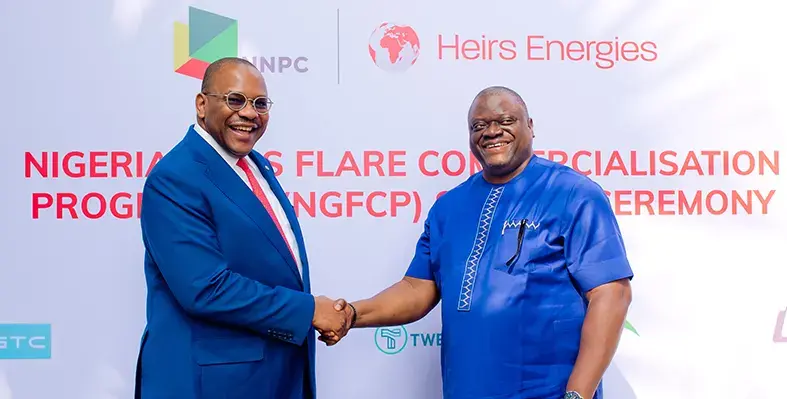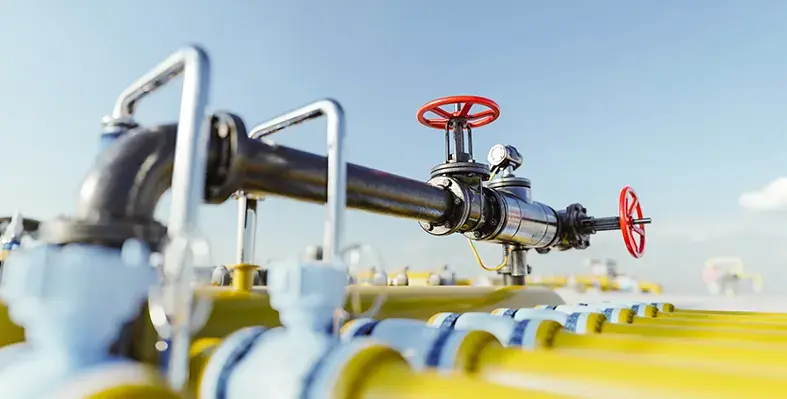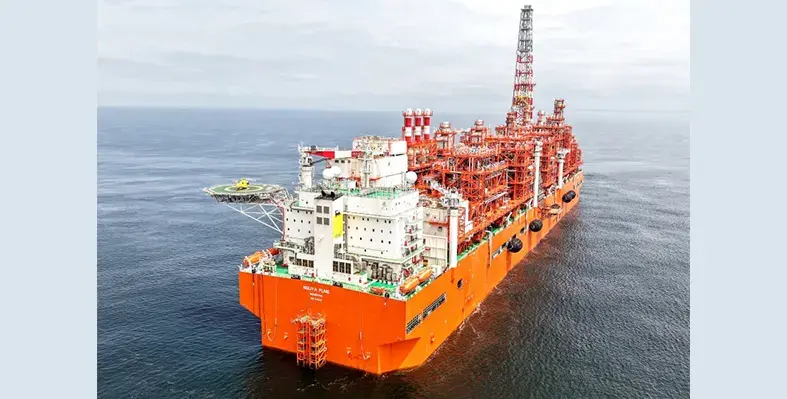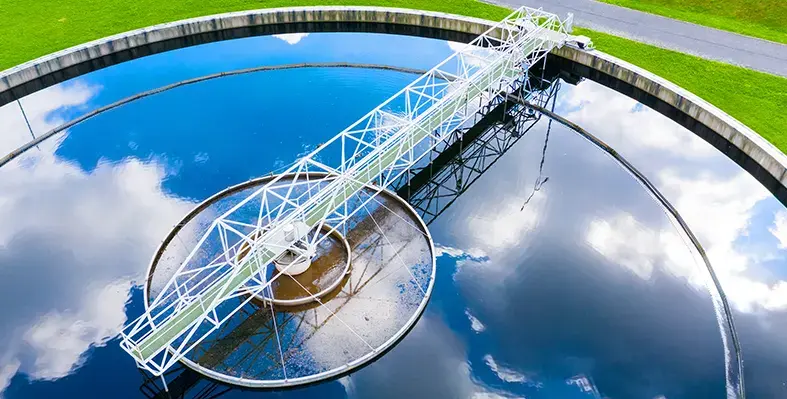The Nigerian National Petroleum Company and Heirs Energies have signed the Gas Flare Commercialisation Agreements as part of the Nigerian Gas Flare Commercialisation Programme (NGFCP) and approved Non-NGFCP frameworks
This marks a shift from regulatory approvals to practical application, whereby flare gas volumes across OML17 will be captured and channelised for productive use, including power generation, industrial applications, LPG and CNG.
With an aim to eliminate routine flaring, this significant cause brings together Heirs Energies, as operator of the OML 17 Joint Venture, and approved flare gas offtakers - AUT Gas, Twems Energies, Gas & Power Infrastructure Development Limited (GPID), PCCD and Africa Gas & Transport Company Limited (AGTC).
Representing NNPC while speaking at the ceremony, the chief upstream investment officer of NUIMS, Seyi Omotowa, said, “For us at NNPC Limited and NUIMS, flare gas commercialisation is not a compliance exercise; it is a strategic pathway to improving energy availability, deepening gas-based industrialisation and strengthening Nigeria’s position as a responsible energy producer. OML 17 has become a practical model of this vision, moving decisively from approval to delivery.”
Ojo Olalekan Ezekiel, Senior Manager, NUPRC, said, “This ceremony demonstrates Heirs Energies’ commitment to eliminating routine gas flaring across OML17 and aligns fully with the Commission’s Gas Flare Commercialisation Programme and national energy and emission-reduction objectives.”
“Gas sits at the heart of Nigeria’s development journey. Through disciplined investment, partnership with regulators and credible offtakers, and a clear execution focus, we are converting waste into value, strengthening domestic energy supply and supporting responsible operations across OML 17,” said Heirs Energies’ Chief Executive Officer, Osa Igiehon.








